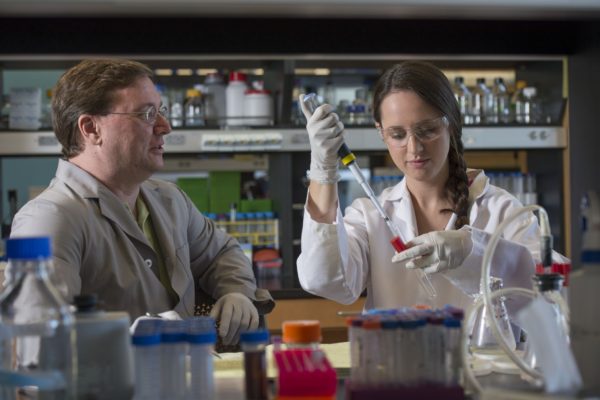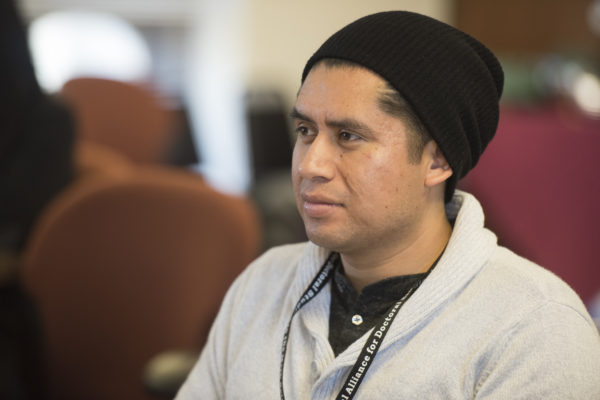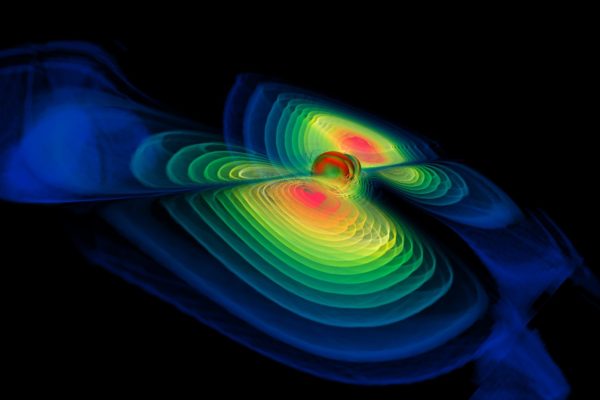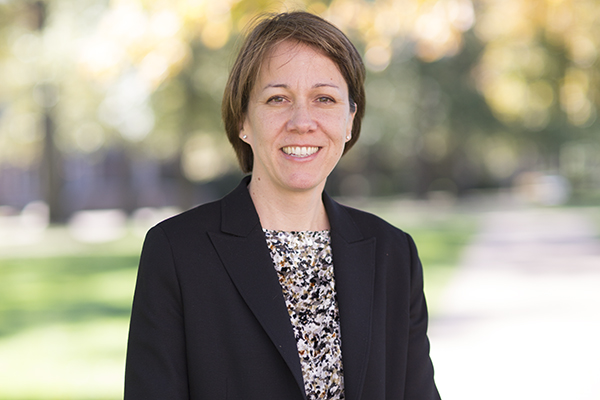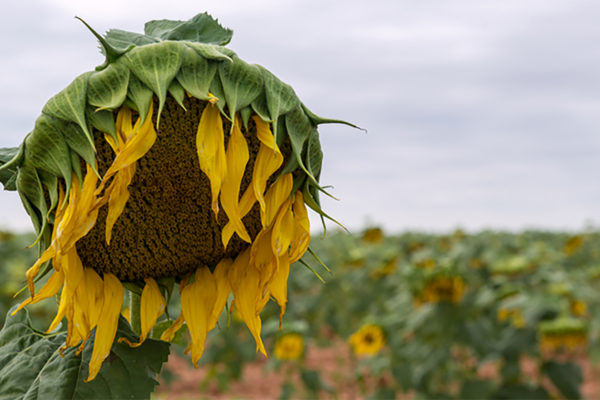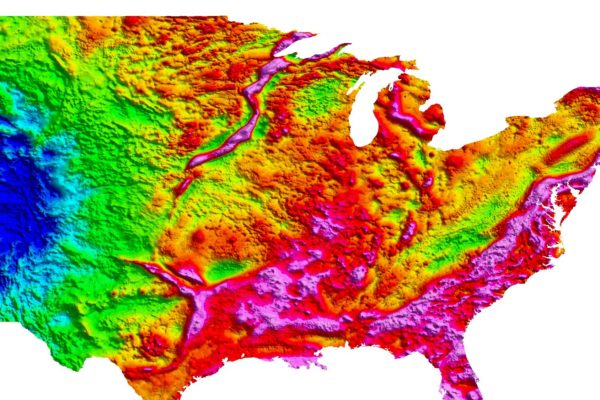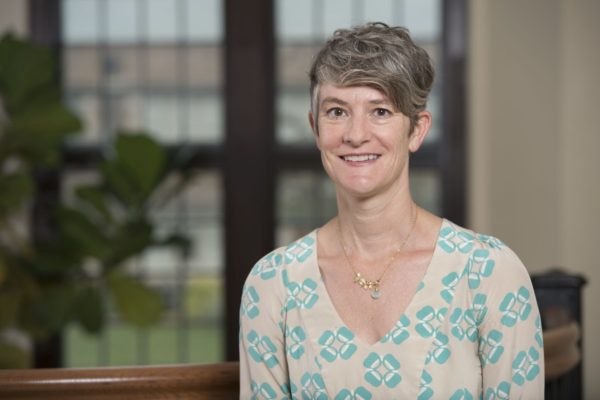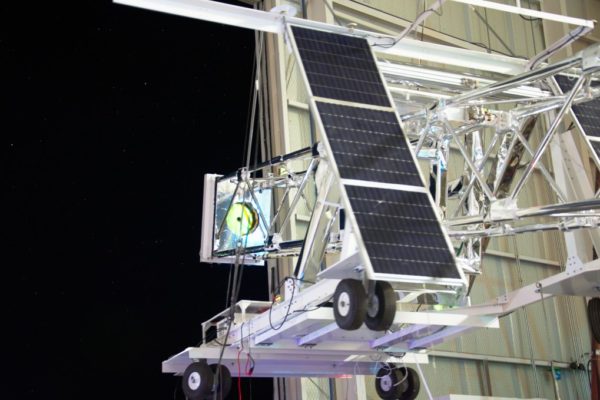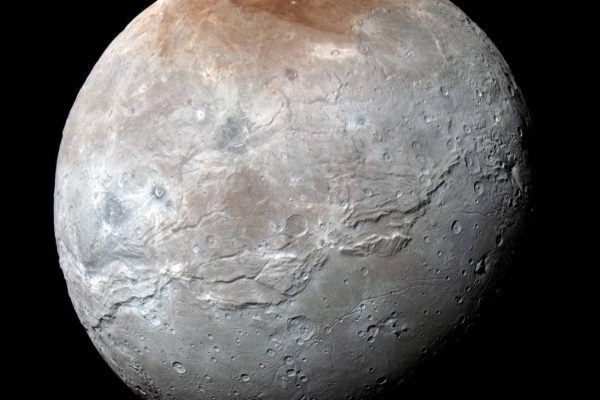Ambidextrous enzyme
Plant scientists at Washington University in St. Louis have isolated an enzyme that controls the levels of two plant hormones simultaneously, linking the molecular pathways for growth and defense. Plant scientists have long known that distinct plant hormones can interact in complex ways, but how they do so has remained mysterious.
Solving the problem
On Nov. 4-6, Washington University hosted Field of Dreams, the annual conference of the Math Alliance, an organization dedicated to increasing the number of traditionally underrepresented groups in doctoral programs in the mathematical sciences.
Gravitational waves the topic of 2016 Robert M. Walker Distinguished Lecture
Gabriela González, the spokesperson for the science collaboration that detected gravitational waves in spacetime passing over Earth for the first time this year, will deliver the ninth annual Robert M. Walker Distinguished Lecture at 7 p.m. Thursday, Nov. 17. The talk, hosted by the McDonnell Center for the Space Sciences, will take place in Whitaker […]
Hayes helps shape national helium policy
Sophia Hayes, professor of chemistry in Arts & Sciences, served on a committee that prepared a report and launched a website about the shortage of liquid helium and how both the government and scientific researchers can respond.
Mutant plants reveal temperature sensor
In a serendipitous moment, scientists studying light sensing molecules in plants have discovered that they are also temperature sensors.The discovery may eventually allow them to design crop varieties that are better able to cope with a warming world.
Physicist honored for finding new symmetry in space and time
The American Physical Society and the American Institute of Physics this month awarded the 2017 Dannie Heineman Prize for Mathematical Physics to Carl M. Bender of Washington University in St. Louis .
When lava erupted in the Midwest
A billion years ago, the core of what was to become North America nearly ripped apart, creating a huge branched scar that extends from the tip of Lake Superior deep into the Midwest. Washington University in St. Louis scientists are using data from seismometers they placed across and along the rift to take a good hard look.
Haswell wins Faculty Scholar award
Elizabeth Haswell, associate professor of biology in Arts & Sciences at Washington University in St. Louis, was named a Faculty Scholar by a trio of major philanthropies Sept. 22.
Flying high
On Sept. 19, Washington University scientist Henric Krawczynski, announced that the X-Calibur X-ray telescope had landed safely near the border between Arizona and New Mexico, completing a long stratospheric balloon flight with disks full of data about neutron stars and black holes.
The realms of Mordor
What gives Mordor Macula, the red dusted polar region of Pluto’s moon Charon, its color? New Horizons scientists, including Washington University’s Bill McKinnon, answer the question in the current issue of Nature.
View More Stories
